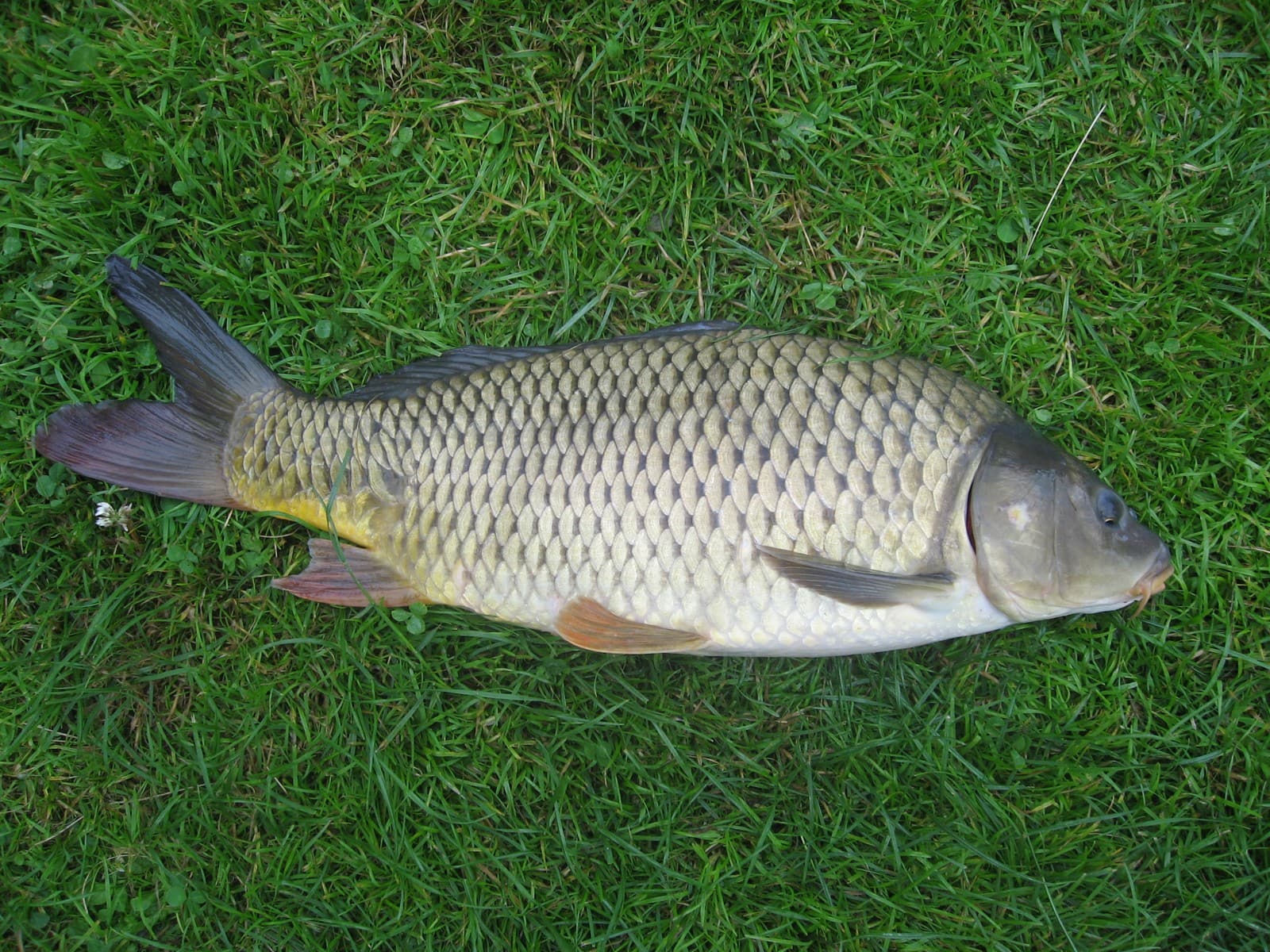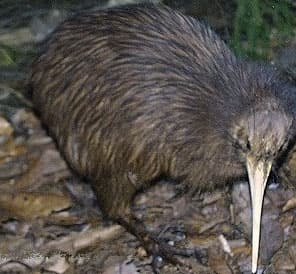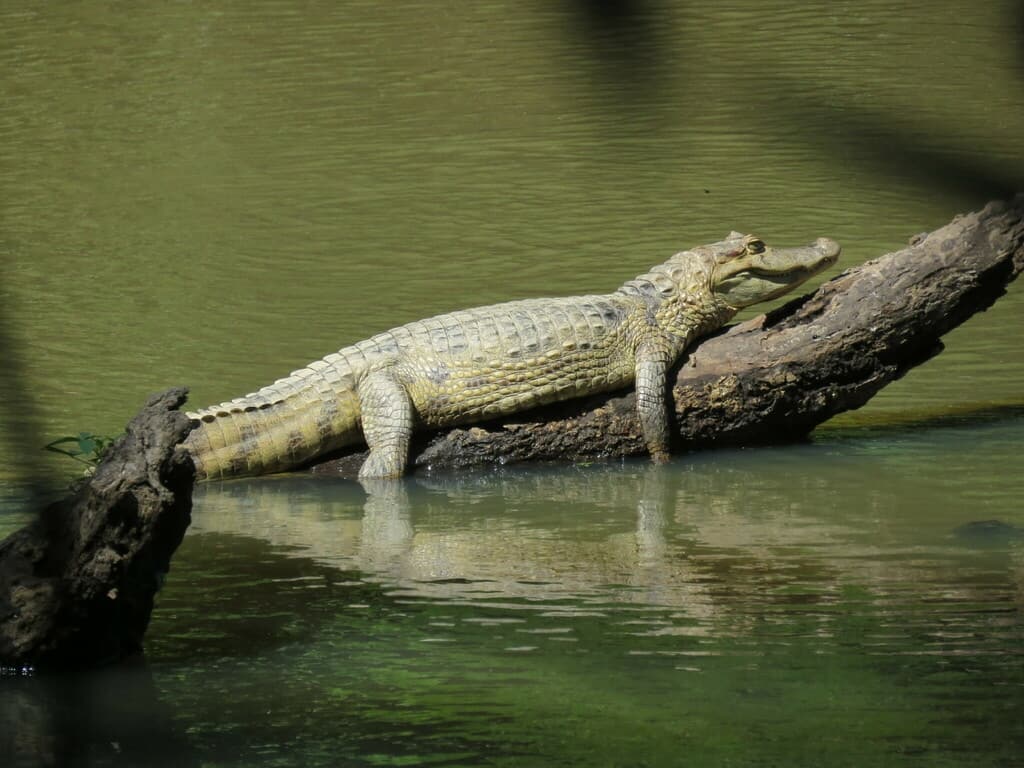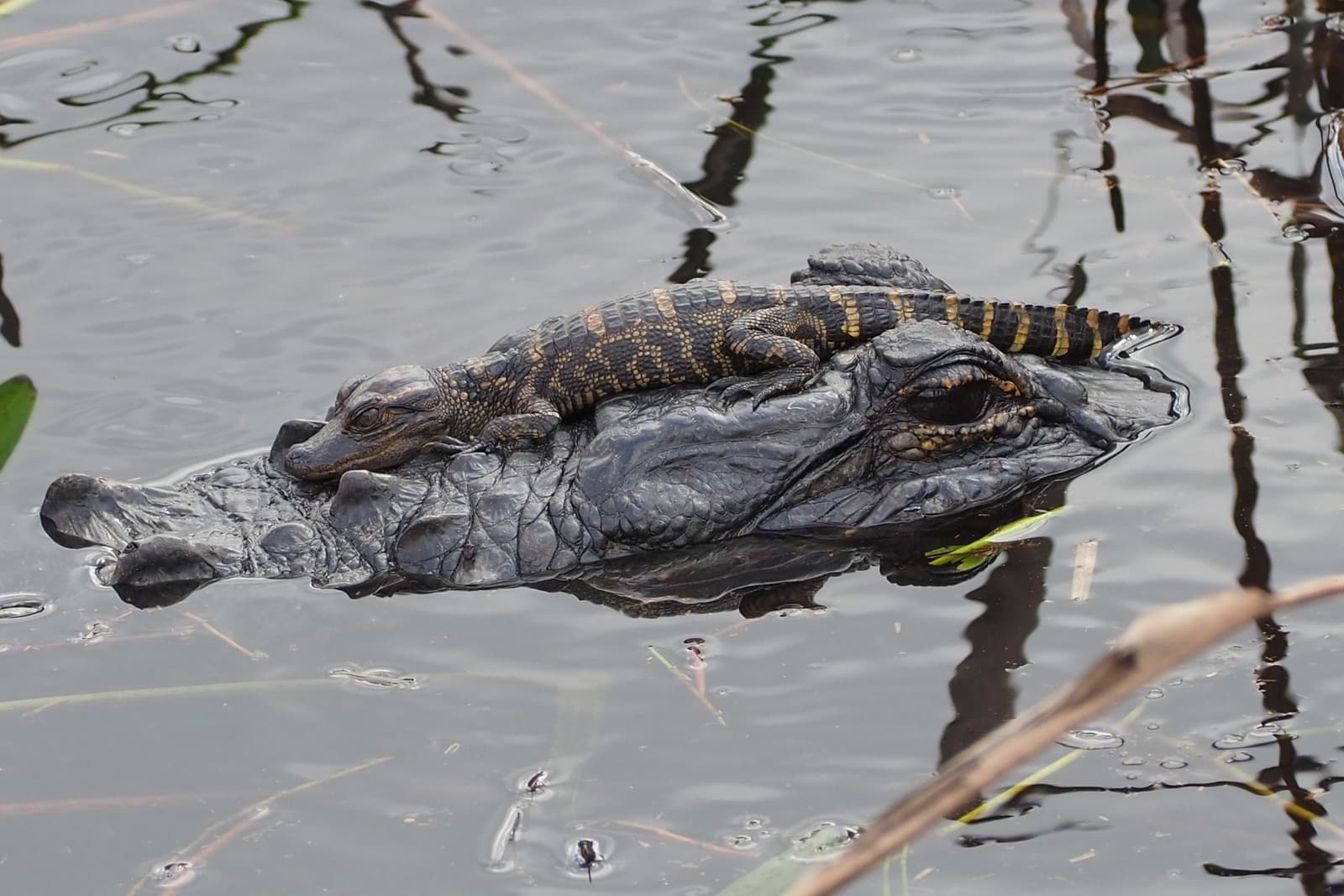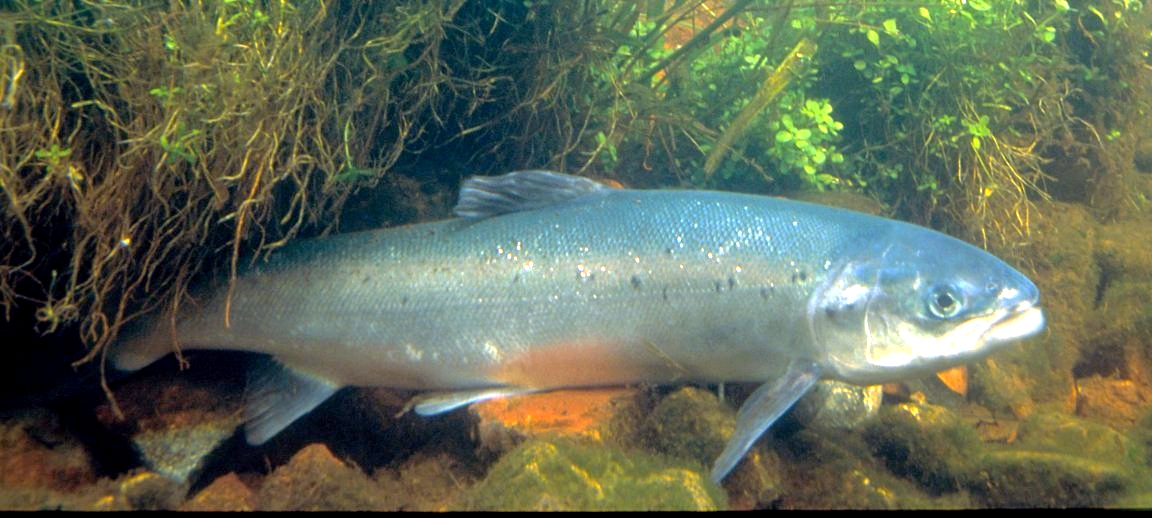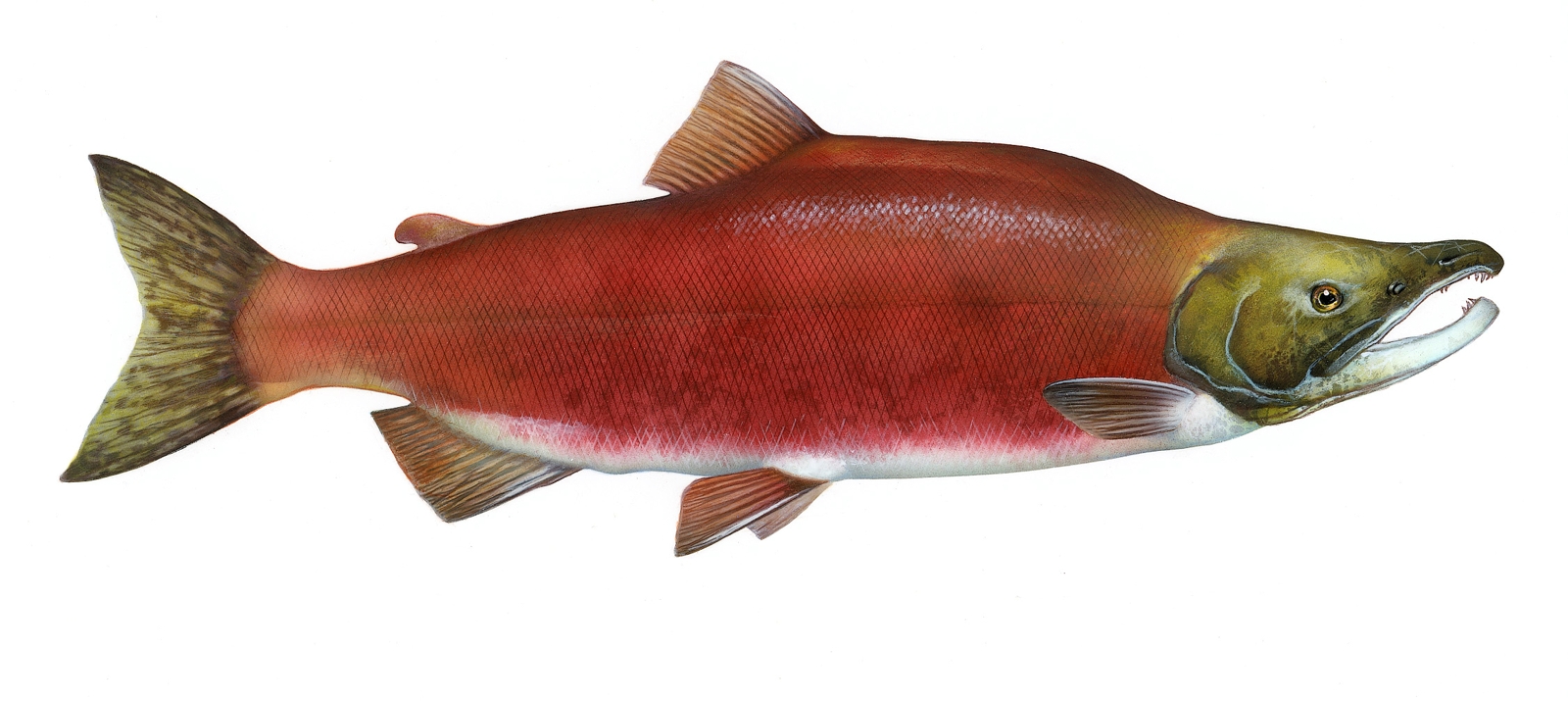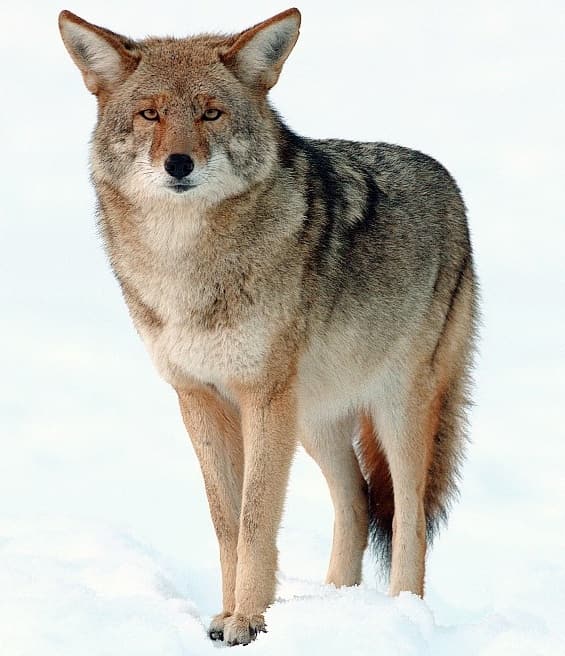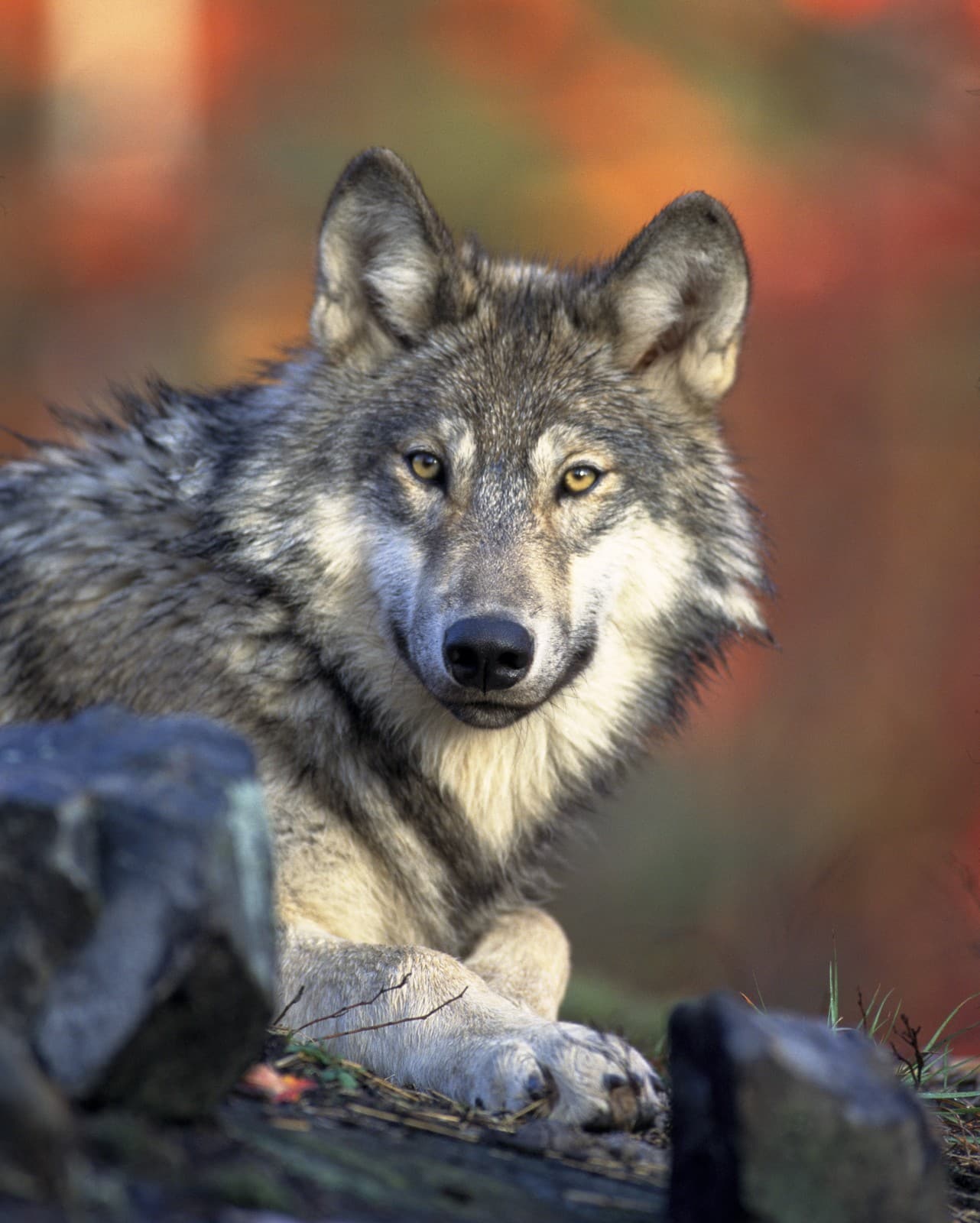Secretary Bird vs Seriema: A Complete Comparison
The Secretary Bird and Seriema represent a fascinating example of convergent evolution, where two distinct bird species developed similar adaptations for ground-dwelling lifestyles on different continents. Standing at 4.5 feet (1.37 meters) tall, the Secretary Bird towers over its South American counterpart, the Seriema, which reaches a more modest 2.9 feet (88 centimeters). Despite their size difference, both birds share remarkable adaptations for terrestrial hunting, including elongated legs and specialized hunting techniques.
While these birds may appear similar at first glance, their evolutionary paths diverged millions of years ago. The Secretary Bird belongs to the raptor family Sagittariidae, while Seriemas comprise their own family, Cariamidae. This distinction becomes evident in their hunting strategies, vocalizations, and social behaviors.
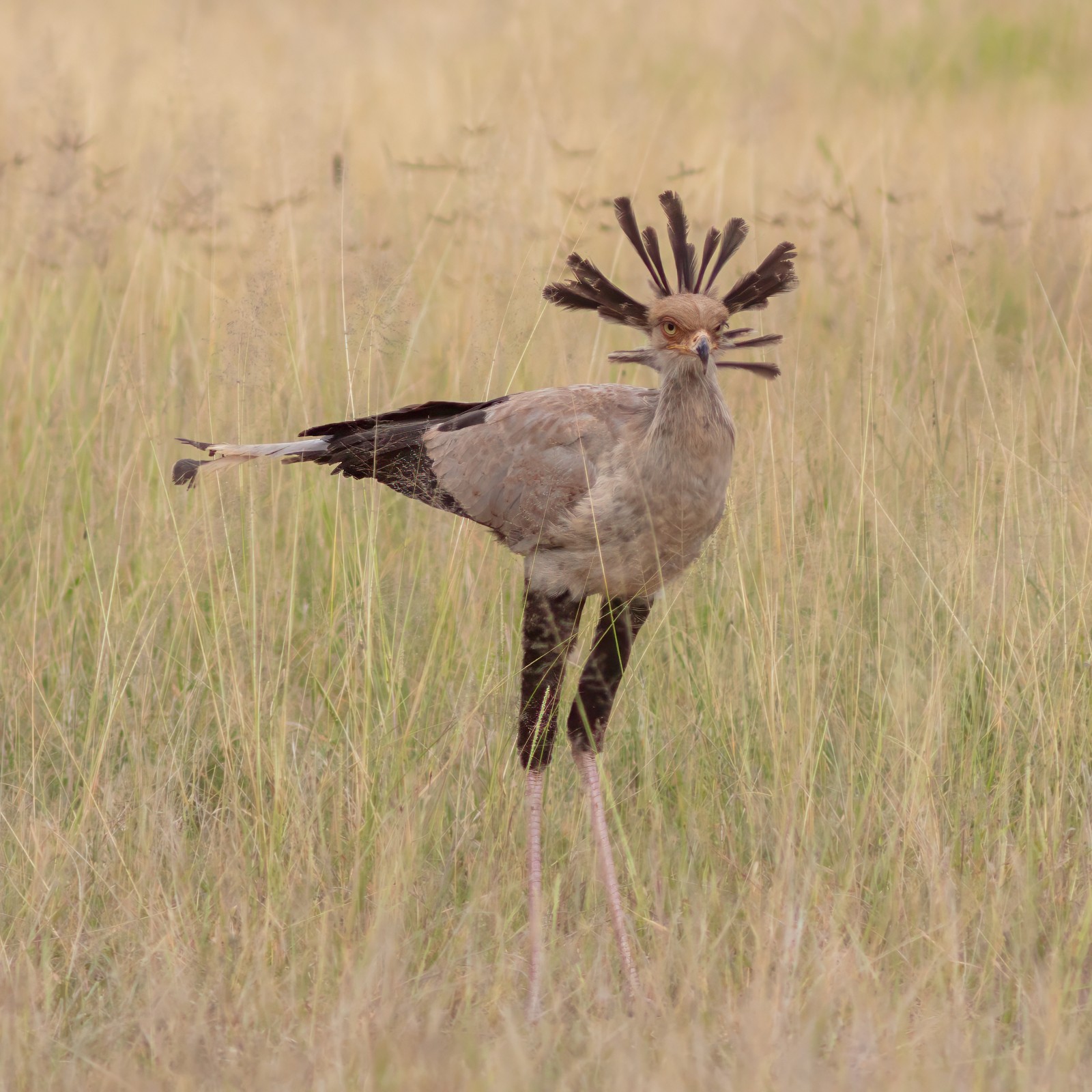
© Diego Delso / CC BY-SA 4.0
The Secretary Bird exemplifies specialized adaptation for hunting dangerous prey. Its distinctive black crest feathers and imposing stature make it unmistakable among African raptors, while its precision striking ability allows it to dispatch venomous snakes with remarkable efficiency.
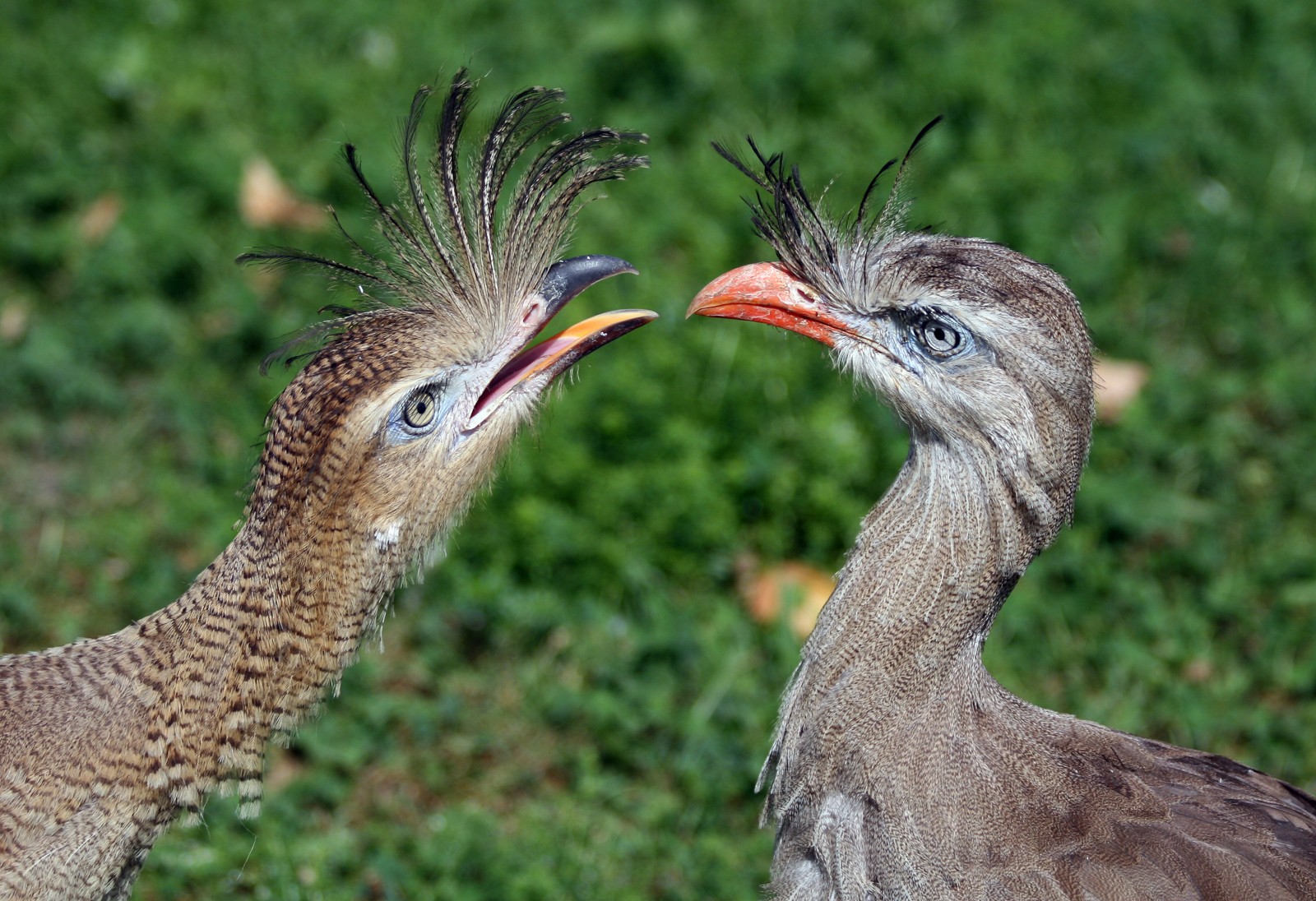
© Manfred Werner / Tsui / CC BY-SA 3.0
The Seriema, though smaller, possesses its own remarkable adaptations. Its distinctive crest and powerful legs enable it to pursue swift prey through South American grasslands, while its resonant call can be heard for miles across its territory.
Key Differences: Secretary Bird vs Seriema
| Feature | Secretary Bird | Seriema |
|---|---|---|
| Height | 4.5 feet (1.37 m) | 2.9 feet (88 cm) |
| Weight | 7.3-8.6 lbs (3.3-3.9 kg) | 2.9-3.3 lbs (1.3-1.5 kg) |
| Range | Sub-Saharan Africa | South America |
| Diet | Snakes, lizards, rodents | Insects, small vertebrates |
| Hunting Style | Stomping with feet | Grabbing and throwing |
| Call | Silent except for grunts | Loud, musical calls |
Habitat and Distribution
The Secretary Bird roams the savannas and grasslands of sub-Saharan Africa, requiring vast open spaces for hunting and nesting. In contrast, Seriemas inhabit the cerrado and pampas regions of South America, from Brazil to Argentina, adapting well to both natural grasslands and agricultural areas.
Hunting Techniques and Diet
Secretary Bird’s Snake-Stomping Strategy
Secretary Birds have evolved a unique hunting method, using their powerful legs to stomp and stun prey. Their precision strikes can deliver forces up to five times their body weight, allowing them to dispatch even the most dangerous venomous snakes. Protected by thick scales on their legs, they remain largely immune to snake bites.
Seriema’s Grab-and-Slam Approach
Seriemas employ a different but equally effective hunting strategy. They grab prey in their beaks and repeatedly slam it against hard surfaces to subdue it. Their diet consists primarily of insects, small reptiles, and rodents, though they occasionally consume plant matter.
Vocalization and Social Behavior
While Secretary Birds are relatively quiet, producing only occasional grunts and croaks, Seriemas are renowned for their loud, far-carrying calls. These vocalizations, often performed in duets, can be heard for several kilometers and play a crucial role in territory defense and pair bonding.
Conservation Status and Threats
Both species face challenges from habitat loss and human encroachment. The Secretary Bird is classified as endangered due to agricultural expansion and habitat degradation across Africa. Seriemas, while more adaptable to human-modified landscapes, still face pressure from intensive farming practices and urbanization.
Who Would Win in a Confrontation?
While such encounters would never occur naturally, the Secretary Bird’s superior size, weight, and specialized hunting abilities would likely give it an advantage in any theoretical confrontation. However, both species are non-aggressive toward large animals and typically avoid confrontation except when defending their territory or young.
The remarkable convergent evolution of these birds demonstrates nature’s ability to produce similar solutions to comparable environmental challenges across different continents, resulting in two fascinating species that have mastered the art of terrestrial hunting in their respective ecosystems.

